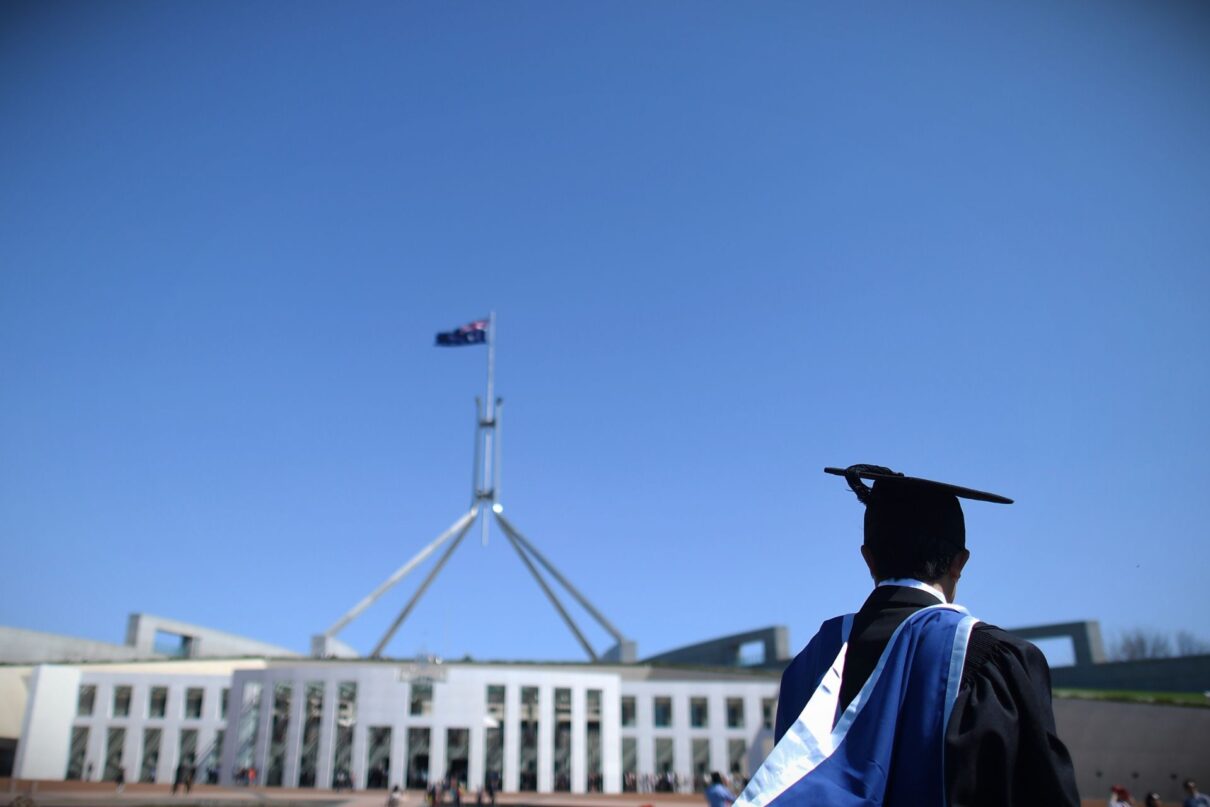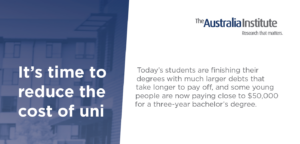What the HECS?

Annual inflation is on the way down, but rents remain high and many people’s higher education loans are growing, even after repayments, says Greg Jericho.
The rising cost of university and record indexation is driving up student debt, putting a major burden on younger Australians. On this episode of Dollars & Sense, Greg explores what the government could do to address the situation, plus the what the latest inflation figures tell us about the health of the economy.
Greg Jericho is Chief Economist at the Australia Institute and the Centre for Future Work and popular columnist of Grogonomics with Guardian Australia. Each week on Dollars & Sense, Greg dives into the latest economic figures to explain what they can tell us about what’s happening in the economy, how it will impact you and where things are headed.
Host: Greg Jericho, Chief Economist, the Australia Institute and Centre for Future Work // @GrogsGamut
Producer: Jennifer Macey // @jennifermacey
Additional editing: Emily Perkins
Theme music: Blue Dot Sessions
We’d love to hear your feedback on this series, so send in your questions, comments or suggestions for future episodes to podcasts@australiainstitute.org.au.
Between the Lines Newsletter
The biggest stories and the best analysis from the team at the Australia Institute, delivered to your inbox every fortnight.
You might also like
In 2023-24 Australians paid more than 4 times on HECS/HELP than gas companies did on PRRT
In 2023-24 tax from the PRRT was less than an quarter the amount raised by HECS/HELP debts repayments.
It’s time to reduce the cost of university
Today’s students are finishing their degrees with much larger debts that take longer to pay off, and some young people are now paying close to $50,000 for a three-year bachelor’s degree.
Analysis: Will 2025 be a good or bad year for women workers in Australia?
In 2024 we saw some welcome developments for working women, led by government reforms. Benefits from these changes will continue in 2025. However, this year, technological, social and political changes may challenge working women’s economic security and threaten progress towards gender equality at work Here’s our list of five areas we think will impact on




